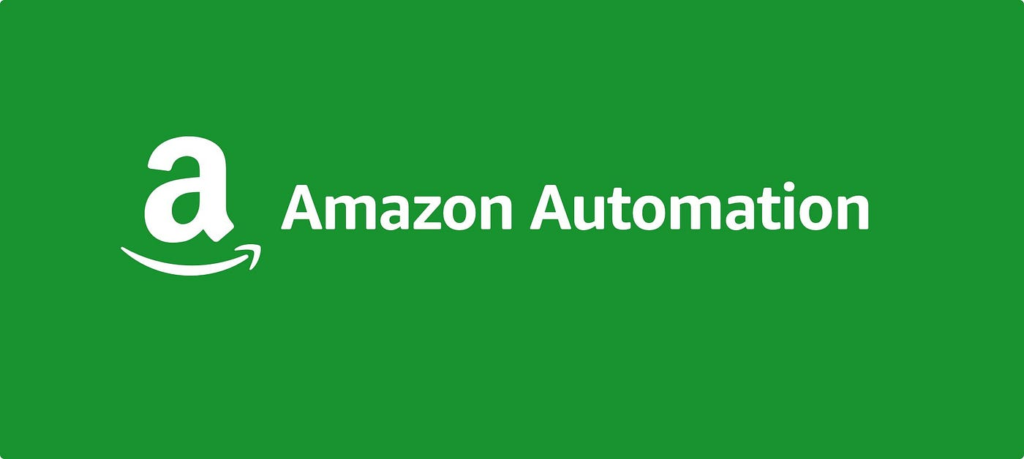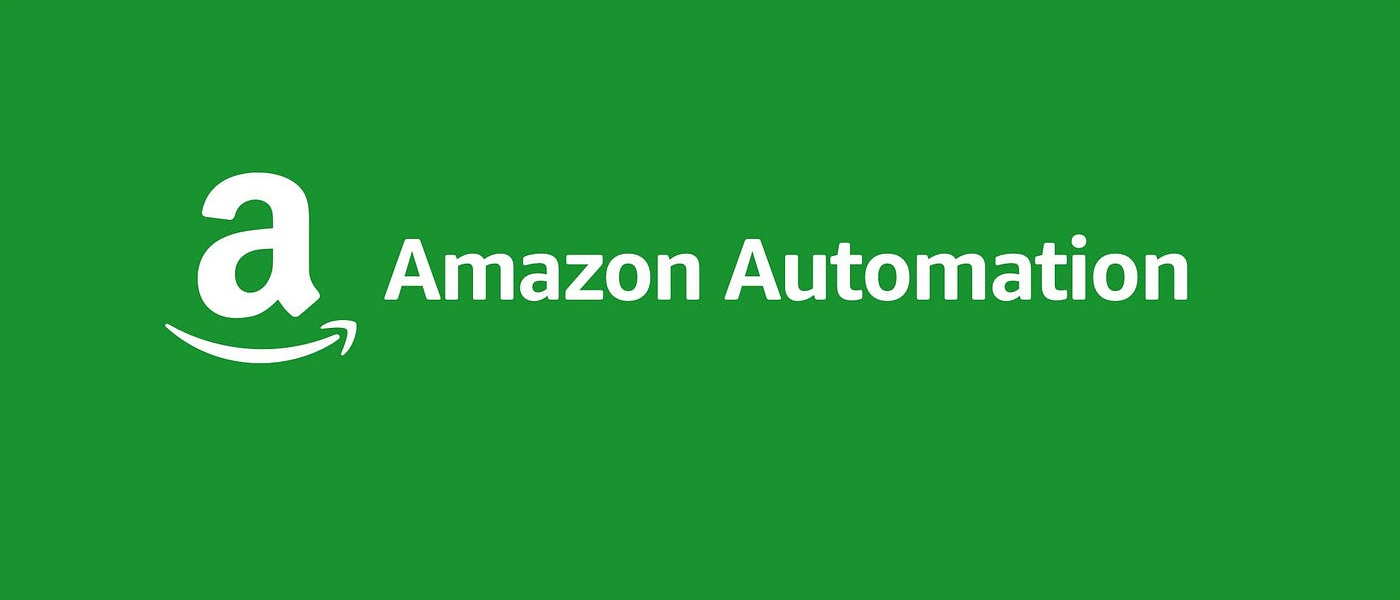
Yes, it’s possible to make money with Amazon automation, but it requires careful consideration. Here’s a breakdown of what Amazon automation is and how it works:
What is Amazon Automation?
Amazon automation refers to the process of outsourcing the management of an Amazon store to a third-party company or software that handles all the day-to-day operations like sourcing products, managing inventory, processing orders, and customer service. It’s designed to create a passive income stream for the store owner by automating the bulk of the workload.
How To Make Money with Amazon Automation
- Setting Up the Store: The owner typically pays an upfront fee to an Amazon automation service. This service helps set up the store, find products, and start selling.
- Product Sourcing: Automation companies or tools manage the process of finding profitable products, often through wholesale suppliers or dropshipping models.
- Order Fulfillment: Once a product sells, the service or software automatically fulfills the order by sourcing the product and shipping it to the customer.
- Customer Service: The automation service handles customer inquiries, returns, and complaints on behalf of the store owner.
- Scaling: As the business grows, the automation service continuously adjusts strategies to scale the store for more sales.
Types of Amazon Automation
- Software Automation: These tools automate tasks like product listing, price tracking, and inventory management but still require you to manage and make decisions for the store.
- Full-Service Amazon Automation: Third-party companies or agencies will fully manage your store. You invest capital, and they handle everything from sourcing to customer service.
Pros of Amazon Automation
- Passive Income: Once set up, the store can generate income with little involvement from the owner.
- Scalability: With a good automation service, stores can scale quickly as operational tasks are handled.
- No Inventory Holding: Many automation models, especially dropshipping, don’t require you to hold inventory, lowering the financial risk.
Cons of Amazon Automation
- High Initial Investment: Many automation services charge significant upfront fees, which can range from $10,000 to $50,000 or more.
- Profit Margins: The margins can be thin, especially with dropshipping, due to fees, product sourcing costs, and service charges.
- Risk of Suspension: Amazon has strict policies, and if your automation service doesn’t adhere to these, your account could be suspended, which can halt your income.
- Dependence on Automation Providers: If the service provider isn’t reliable or transparent, it could harm your business. It’s crucial to research the company you’re partnering with.
Earning Potential
Amazon automation can be profitable, with some individuals making six or even seven figures annually. However, it’s important to consider that the earnings largely depend on the chosen business model, the amount of capital invested, the reliability of the service, and the competitiveness of the product market.
Risks to Be Aware Of
- Oversaturation: Many Amazon stores sell similar products, so competition can be fierce.
- Automation Scams: Some automation services may overpromise and underdeliver, or, in extreme cases, be scams.
- Market Fluctuations: Product trends and demand can shift rapidly, impacting sales and profitability.
While it is possible to make money with Amazon automation, success requires significant initial investment, careful selection of a trustworthy automation provider, and ongoing monitoring to ensure that the business adheres to Amazon’s policies. If done right, it can become a source of passive income, but like any business, it carries inherent risks.
Expected Income Generation

The financial support or income that can be generated from Amazon automation depends on several factors, including the size of the initial investment, the profitability of the products sold, and the effectiveness of the automation service. Here’s an outline of what you can expect:
1. Initial Investment and Setup Costs
Most Amazon automation services require an upfront fee, which can range from $10,000 to $50,000 or more. This covers:
- Store setup
- Product sourcing and research
- Account management
- Software tools
2. Revenue Potential
If the automation system is effective, an Amazon store can generate a significant monthly income. Here’s a breakdown of potential earnings:
- New Stores: In the first few months, stores typically generate $1,000 to $5,000 in revenue per month as they gain traction.
- Established Stores: Once the store is fully operational and scaling, monthly revenue can rise to $10,000 to $50,000 or more depending on the product selection, sales volume, and marketplace demand.
3. Profit Margins
Profit margins vary based on the business model (e.g., dropshipping vs. wholesale) and costs involved. Here’s a rough estimate:
- Dropshipping: Margins are typically 10-15% because you don’t hold inventory, but product sourcing costs are higher.
- Wholesale or Private Label: Margins can be higher, around 20-30%, since you buy products in bulk or have your own branded items.
For example, if you’re generating $20,000 in monthly revenue with a 20% profit margin, you would have around $4,000 in monthly profit.
4. Break-Even and ROI
- The typical break-even point for Amazon automation businesses is between 6 to 12 months, depending on how well the store performs.
- A return on investment (ROI) often ranges from 12-24 months for most investors. After the initial period, earnings can start becoming more passive and profitable.
5. Scaling Potential
Once your Amazon store is established and performing well, there are opportunities to scale:
- Multiple Products: Add more products to diversify income streams.
- International Expansion: Sell on international Amazon marketplaces to reach a broader audience.
At full scale, some successful Amazon automation store owners can make six to seven figures annually. However, this level of success often requires strategic scaling and consistent reinvestment of profits.
6. Passive Income Expectations
After your store is up and running:
- If you invest in a well-managed service, you can expect to make $5,000 to $20,000 per month in revenue, depending on the market.
- With profit margins of 10-30%, this would result in monthly profits of around $500 to $6,000 once the business is fully operational.
Financial Support Summary
- $1,000 to $5,000/month in revenue for new stores.
- $10,000 to $50,000/month in revenue for established stores.
- 10-30% profit margins.
- Potential profits of $500 to $6,000/month or more, depending on scale and market conditions.
Success largely depends on product selection, investment, and the quality of the automation service you use.




